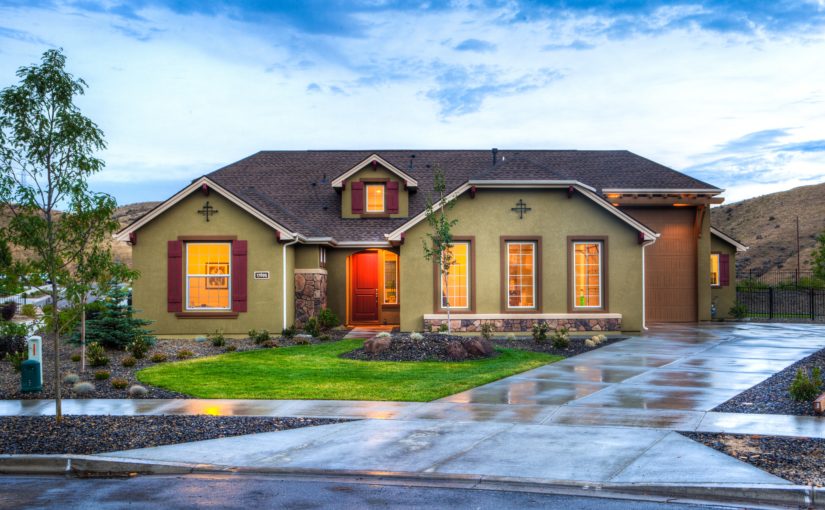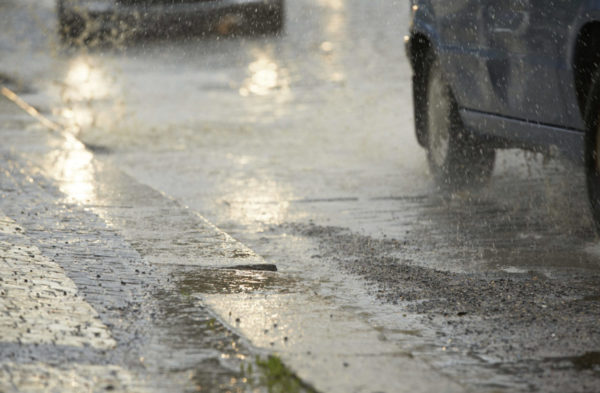Stormwater management is likely one of the more specialized areas of responsibility you face if you manage a homeowners association or other property here in the DMV and DC area, and there’s a lot that goes into it. Extreme weather is becoming more common, and even a typical rainstorm can pose a risk to your property without proper stormwater systems in place. iSTORMWATER’s expert engineers can help you protect your property investment from structural rot and mold, avoid citations from local agencies, support the well-being of your local community, and keep commercial tenants and apartment renters happier. Here’s how.
Basics of Stormwater
Did you know that rain causes billions of dollars in damage in the United States every year? It’s the result of stormwater runoff or the extra water that flows over the ground. It occurs when heavy rain collects on top of impervious surfaces (such as rooftops, driveways, and parking lots) that don’t allow the water to seep into the ground or follow a natural path to larger waterways.
The main concern is flooding, but stormwater runoff also threatens water quality. Any substance that falls on these surfaces, such as engine oil on a driveway, animal waste on a sidewalk, or pesticides on a sports field, can be washed away during heavy rain into the closest storm drain and directly to natural water sources used by both humans and wildlife. This is a serious pollution concern.
What Are the Sources of Stormwater?
Pollution From Rooftops
Rooftops are a commonly overlooked source of stormwater since people don’t spend a lot of time looking at them. However, they easily collect tree leaves, litter, and other debris within their gutters. If this waste isn’t regularly cleaned out, it will eventually get swept into your neighborhood storm drain.
Why is that a problem? Other than the risk of potential clogs, this waste also carries pollutants within it — pollutants that would normally have been filtered out by soil. Without that step, bacteria begin to grow and create an oxygen-free zone that pushes species of fish out. It also makes the area nearly unusable for commercial or recreational purposes — not something you want to happen near your property.
Yard Flooding
Have you ever noticed pools of water in your property’s yard after heavy rain? Stormwater that has nowhere to go and is too abundant to be absorbed into the ground poses a serious flooding threat that shouldn’t be ignored.
Even in cases where you expect your insurance to cover flood damages, it’s important to realize the damages of unmitigated flooding can extend far beyond what’s covered by your insurance. Customer vehicles in underground parking, nearby land contaminated by runoff after a flood, erosion that only shows itself years later when part of your floor collapses — the list of risks goes on and on. This can happen even if water never accumulates!
It’s also worth noting the expansion of regulations requiring commercial stormwater management and flood mitigation across the country. It’s becoming more mandatory, and if you don’t meet the requirements, you could end up with a violation.
Clogged Storm Drains & Basins
Storm drains on private roads within a homeowners association’s area or a commercial property owner’s land must be unobstructed and maintained so that stormwater runoff is properly kept off the street as designed.
Clogged basins are most often caused by a lack of maintenance. When not maintained, these drains often get clogged with debris, such as leaves and dirt. When this happens, the nearby roads can be flooded.
What Is a Stormwater Notice of Violation?
A Notice of Violation can come as the result of a routine county inspection or anonymous complaint. Some possible reasons why your property might have received an NOV include:
- Improper site preparation
- Changes to local conditions
- Neglect or improper maintenance
If you get a Notice of Violation in the mail, you have no choice but to comply. Failure to correct the issues outlined in your NOV within the allotted time could result in civil penalties (fines) of hundreds or even thousands of dollars per day that the violation occurs.
For Notice of Violation assistance in Maryland, Virginia, or Washington, DC, please call iSTORMWATER at (443) 699-2828 or contact us online.
Are Homeowners Associations Responsible for Stormwater Drainage?
Yes. When a neighborhood or subdivision is built, the developer and contractor are responsible for designing and implementing an effective stormwater management system that prevents flooding and water pollution from unfiltered runoff. However, the obligation to maintain and keep the system in good repair usually passes on to the homeowners association once the development has been completed.
Are Property Managers Responsible for Stormwater Drainage?
After a private property has been built and there is no homeowners association that exists, it’s the responsibility of private property owners to maintain it.
How iSTORMWATER Can Help
iSTORMWATER can help your homeowners association or property management tackle stormwater violations quickly and cost-effectively. We can then provide stormwater management inspections to help you avoid any more violations in the future.
iSTORMWATER’s engineers and land management experts design, build, retrofit, maintain, and repair the stormwater systems you need. Our customized drainage solutions for apartment complexes and office buildings help owners deal effectively with storm runoff. From environmentally friendly infiltration trenches that redirect water to bioretention that uses plant material to temporarily store and treat stormwater, our inventive technicians are here to protect you from possible property damage. Our full-service company also provides cleanup and compliance solutions.
Don’t put your HOA at risk by neglecting stormwater management. Contact iSTORMWATER today, and we’ll create a customized plan for your property’s specific needs.


